The economic crisis that started in 2008 has made promoting economic growth the top priority of societal policies. There is not a lot of discussion on new types of well-being indicators any more or on the limitations set on economic growth by sustainable development. The reason is probably the general assumption that Finnish societal well-being cannot be maintained without substantial economic growth. But is this true? Has well-being in Japan, for example, collapsed as a result of stagnant economic growth since the 1980s? What actually causes a healthy and vibrant national economy?
Renewal is more important than growth
Finland has an open economy, which emphasises the significance of its international competitiveness. If the companies operating in Finland (foreign ones too) are not competitive, they will not be able to continue their operations in the longer term, which leads to an increase in unemployment and a falling standard of living. Sustaining and improving competitiveness, in turn, requires companies and their operational environments to be able to renew, because the markets, technologies and other competitive factors are constantly changing. This requires the entire national economy to renew its industry structure, as new growth areas must be created to replace the old industries that have now become non-competitive. In principle, this “creative destruction” process does not require the national economy to have economic growth. It is easy to imagine an economy where declining and growing industries are approximately equal and the result for the national economy is zero economic growth. Something similar has occurred in Japan, where the economy combines an internationally competitive export industry with a comprehensive service industry that operates solely domestically.
Renewing economic structures is also important in order to resolve environmental problems. The economic model from the 20th century relied on fossil fuels and the active exploitation of natural resources. This economic system must be replaced with a low-carbon and resource-wise operational model, in order for Earth to survive. However, it is not possible without a fundamental structural change in the economy. The new environmentally friendly “green economy” business activities must grow while the traditional carbon and natural resource-intensive business activities dwindle.
Renewing the economy to enable economic and environmental sustainability requires moving the discussion on and focus of Finnish economic policies from macroeconomic policies to industrial and innovation policies. The Finnish economic discussion is usually focused on the macro level of financial, monetary and income policies. Topics then include national deficits, unemployment, changes in interest rates and labour market agreements. Marco-level economic questions will remain important for ensuring positive development of the general operating environment of the economy, but focusing on them does not directly promote renewing the structure of industry. It requires new types of industry and innovation policies that focus on the development of new, promising business areas and ecosystems, with close co-operation between the private and public sectors.
Ecosystems at the core of industry and innovation policies
The economy has networks that some refer to as ecosystems. Different types of ecosystems in an economy have many different definitions. The ecosystems of an economy can be divided into four groups based on the end product and the maturity of the business. The operations of innovation ecosystems focus on research and development activities. They produce research material, expertise and inventions. The Meilahti healthcare ecosystem in Helsinki, for example, is an example of this type of ecosystem. It includes the Academic Medical Center Helsinki, the Institute for Molecular Medicine Finland (FIMM), the Helsinki University Central Hospital and the entrepreneurial community, Helsinki Think Company.
Entrepreneurship and start-up ecosystems consist of innovative companies in their initial stages and communities of entrepreneurs. They are usually also associated with incubator or accelerator activities and capital investors. Otaniemi in Espoo is a good example of this type of ecosystem. In addition to new entrepreneurs, it includes Aalto University, VTT, several centres supporting entrepreneurship (e.g. the Start-Up Center, Startup Sauna and Urban Mill) and Finnish and international companies (e.g. Kone, Fortum, Neste Oil, Microsoft, Texas Instruments, Huawei and Technopolis Ventures).
When an ecosystem focusing on one type of business enters rapid growth, it can be referred to as a growth ecosystem. The rapid growth of Nokia’s telecommunications ecosystem significantly changed Finland’s industrial structure in the 1990s. Unfortunately, very few other similar growth ecosystems have been created in Finland over the past decades. The most recent example is perhaps the gaming industry ecosystem. It includes approximately 260 companies from the gaming industry and numerous companies that serve them in a number of different localities.
Established business is associated with business ecosystems that resemble traditional industrial clusters, as they are dominated by a large company (e.g. Apple or Nike). The strong business ecosystem established around the Meyer shipyard in Southwest Finland with its numerous subcontractors is a good example of a Finnish business ecosystem. However, their operations do not have to be geographically centralised as with traditional clusters. Business ecosystems based on digital platforms are also often referred to using platform economy concepts.
Benefits of ecosystems to business activities
One thing these different types of ecosystems have in common is that they are traditional organisational models better suited for highly specialised, interdependent, complex and uncertain operational environments. Their shared goals, rules, standards and decentralised decision-making allow innovative and agile operations in an information-intensive and rapidly changing world. When compared to traditional hierarchical organisations, ecosystems have more different types of expertise and information available for use and different degrees of operational liberty, which improves their ability to adjust and renew.
The co-operation and business that occurs in ecosystems is based on trust, which reduces the associated transaction costs. Trust also makes the co-ordination of interdependent production activities easier. The organisational model of an ecosystem is lighter than a hierarchical organisation, as transactions and co-ordinating activities are primarily decentralised without top-down direction and control. The necessary direction for the entire ecosystem is obtained from the shared vision, strategy, values and rules.
In a global economy, competition has increasingly shifted to take place between ecosystems. Finland learned this through practice, when Nokia’s smartphone ecosystem lost out to the ecosystems of Apple and Samsung. In addition to their internal competitive advantages, individual companies need the competitive advantages offered by a good ecosystem. They include competitive co-operation partners, capable and efficient public administration, an infrastructure and specialist services tailored for the needs of companies and a highly skilled labour force. Highly specialist products require complicated production processes and many different resources, which must be seamlessly integrated. Ideally, network advantages are created, as the contributors in the network that supplement one another create competitive advantages for each other and create new customers, investors and resources. Co-operation may establish a dominant system that has a competitive advantage that is very difficult to externally duplicate.
A new challenge for public administration
Promoting the advancement of innovation, entrepreneurship, growth and business ecosystems is a new challenge for the Finnish public administration, which has traditionally supported individual innovators and growth companies. Many of the instruments and skills of the traditional innovation and industry policies are not well suited for promoting ecosystems. The know-how and policies on ecosystems must be developed, however, as Finland urgently needs new growth areas. It would be beneficial to select new promising ecosystems as focus areas for Finland’s economic strategy, as they could improve the Finnish industrial structure, productivity growth and employment over the longer term.
Several industrialised nations have recently moved towards economic “ecosystem policies”, because creating new, significant growth areas for the national economy requires the public administration to adopt a more systemic and persistent operational model. The role of public administration in developing the ecosystems of the economy is more that of an enabler, encourager and co-operation partner than that of an investor, producer or a top-down authority. This role includes creating information on the international markets and value networks, identifying promising growth areas and emerging ecosystems, developing and assessing the business potential of these emerging ecosystems, selecting the best ecosystems as focus industries and the long-term development of them. All of this needs to occur in close co-operation with the business field and third-sector players, making use of their knowledge and expertise. Adopting this type of role requires Finnish industry and innovation policies to adopt a new operational model and new skills have to be developed.
Ecosystem policies do not mean a revolution in innovation and industry policies. Ecosystem policies are needed to supplement the traditional horizontal policies, which aim to create a good operational environment for all innovators and companies. The larger entity consisting of horizontal and ecosystem policies can be seen as a new type of “evolutionary” policy model, which encourages companies to engage in innovation and experimental activities (variation), to make strategic focus area choices to develop the most promising growth areas and ecosystems (selection) and to develop them systematically and persistently over the long term together with companies and other stakeholder groups (growth). This evolutionary policy would fit well with an economy that is increasingly complicated and uncertain. It could also secure the continuous renewal and sustainable development of Finland’s industrial structure.
Renewing economic policies
The global economic crisis that started in 2008 revealed the vulnerabilities in the Finnish industrial structure and economic policies. Economic policies that focused on macroeconomic issues, the general operating environment of companies and the traditional clusters of the economy did not strengthen and diversify the Finnish industrial structure in the 1990s and in the early 2000s. As a result, Finnish industry that was internationally competitive was focused on too few areas when the global economic crisis occurred. As the key sectors in the economy fell into crisis, new, replacement growth industries did not emerge. Sweden, which has a more diverse industrial structure, fared much better than Finland in the global economic crisis.
A sustainable economy requires business activities and an industrial structure that are capable of renewal. This also requires public administration to have an active role in identifying and developing new growth areas together with companies and third-sector contributors. In addition, industry and innovation policies must be integrated with the core of economic policies. Economic problems on the macro level – structural unemployment and fiscal sustainability – cannot be satisfactorily resolved using only macroeconomic policies. Resolving environmental problems also requires shifting the focus of economic policies towards industry and innovation policies. Green economy innovations do not occur without suitable institutional and political incentives.
The future challenge for economic policies is to replace the goal of continuous economic growth with well-being. This would require a more comprehensive use of research information pertaining to well-being, society and the environment when making decisions on the economy. The competitiveness and success of an economy would still be central to well-being, but the primary goal of economic policies would no longer be continuous growth; it would be renewal.
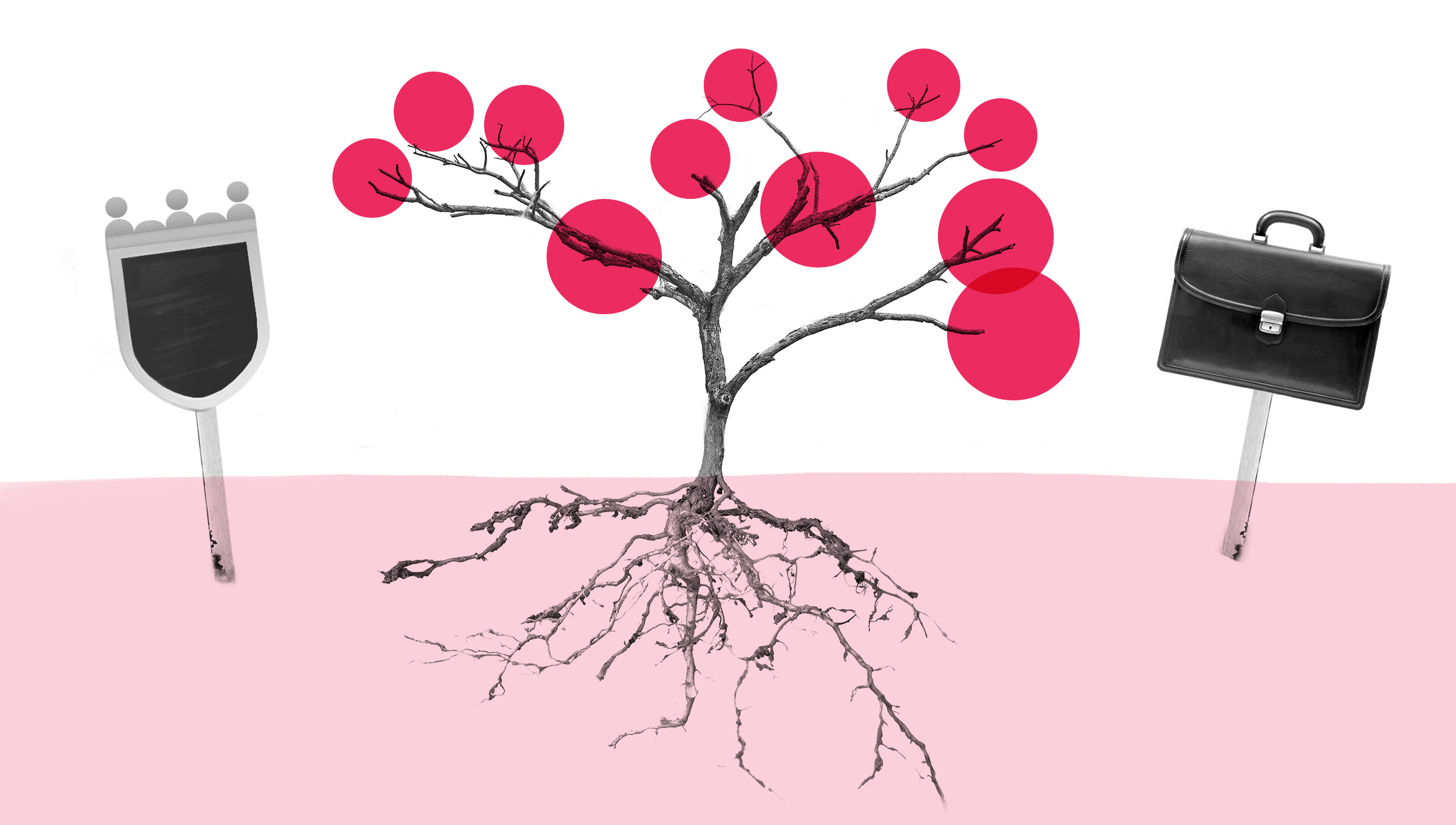

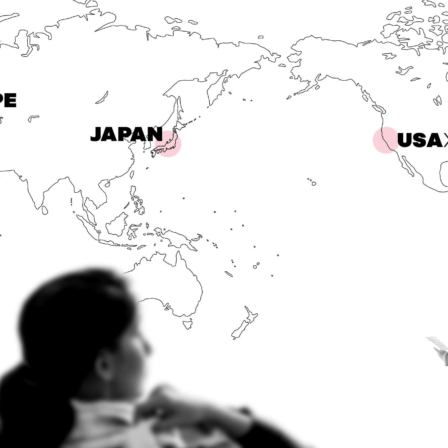

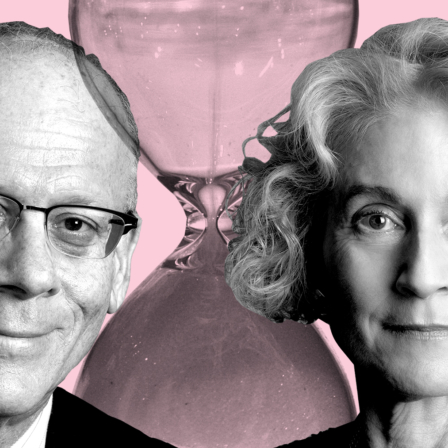
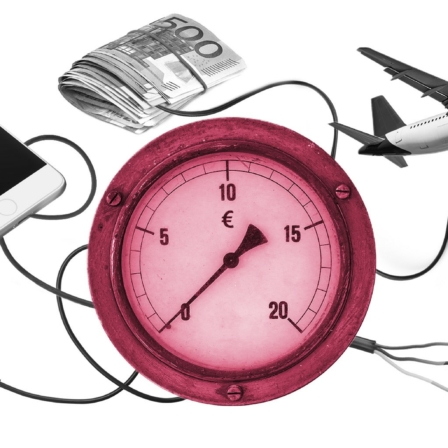







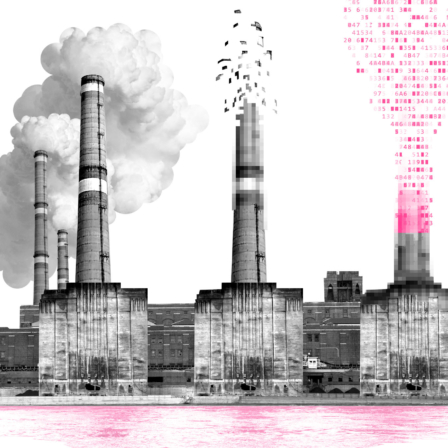
Other articles
Share these too.